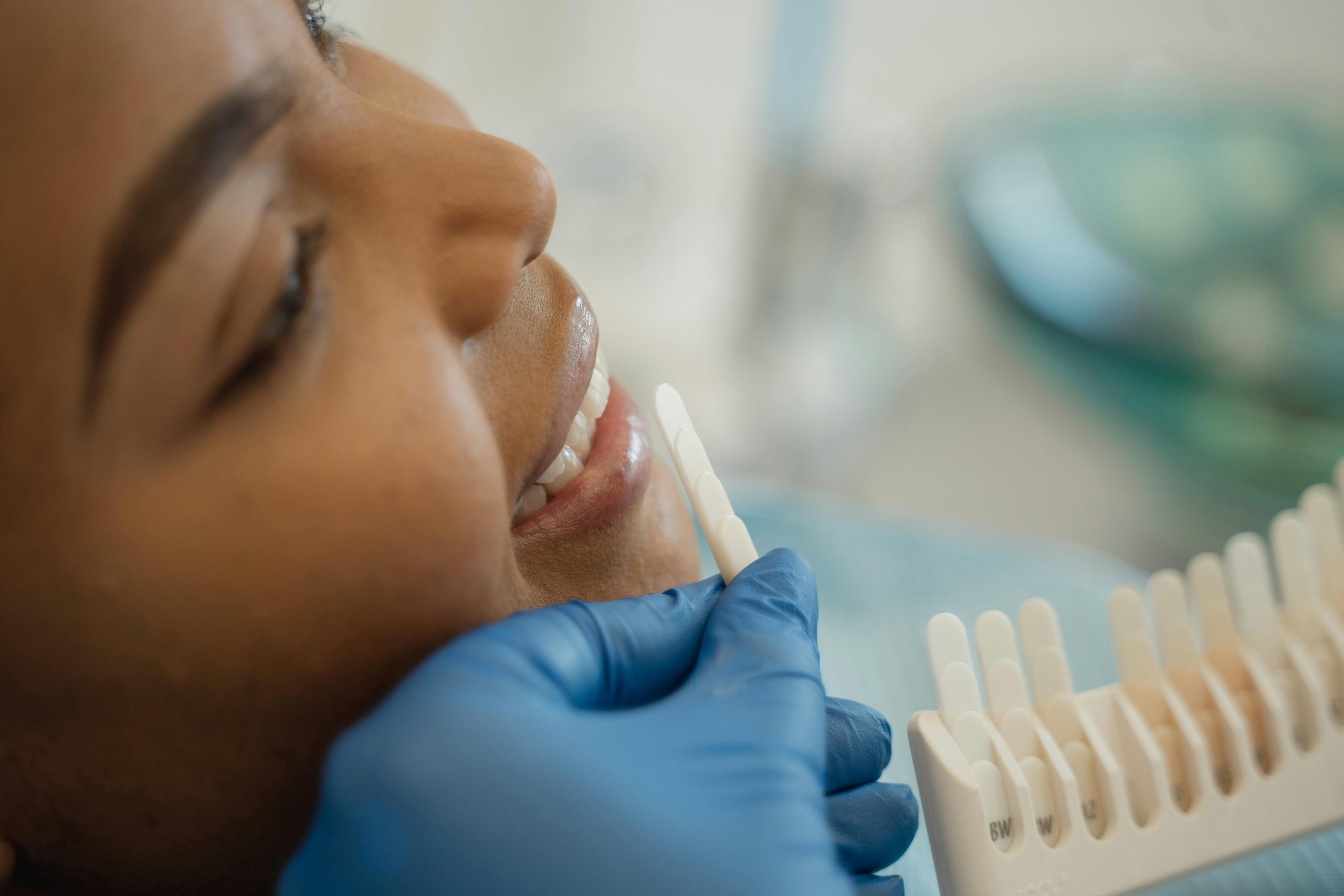A bright, white smile is often associated with health, youth, and confidence. With the increasing popularity of teeth whitening treatments, it’s no surprise that many myths and misconceptions have emerged surrounding the effectiveness and safety of these methods. Individuals may be inundated with conflicting information in the quest for a radiant smile, making it challenging to discern fact from fiction. This article aims to debunk common teeth-whitening myths and clarify what works for achieving a whiter smile.
Myth 1: All Teeth Whitening Products Are the Same
One of the most prevalent myths is that all teeth whitening products deliver the same results, regardless of their formulation or application method. In reality, there are significant differences between over-the-counter whitening products and professional treatments provided by dental professionals.
Over-the-counter options like whitening strips, toothpaste, and gels typically contain lower concentrations of bleaching agents like hydrogen peroxide or carbamide peroxide. While they can yield some results, the effects are often more gradual and less dramatic than those achieved through professional treatments. Dentists offer higher-concentration whitening solutions that can produce noticeable results in just one visit.
Furthermore, professional whitening treatments often incorporate protective measures to safeguard the gums and surrounding tissues, ensuring a safer and more compelling experience. Understanding these distinctions can help consumers make informed choices regarding their whitening options.
Myth 2: Whitening Toothpaste Is All You Need
Many people believe whitening toothpaste alone can achieve the desired level of whiteness. While whitening toothpaste can help remove surface stains, it is not a comprehensive solution for deeper discolouration.
Whitening toothpaste contains mild abrasives that work to polish the teeth and remove stains caused by everyday consumption of coffee, tea, or red wine. However, these products do not contain the bleaching agents found in professional treatments, meaning they cannot alter the inherent colour of the teeth. For individuals seeking significant whitening results, relying solely on toothpaste may lead to disappointment. Instead, a combination of whitening toothpaste and professional treatments may be the most effective approach.
Myth 3: DIY Whitening Remedies Are Safe and Effective
In recent years, the internet has been flooded with DIY teeth whitening remedies, from baking soda and vinegar to activated charcoal. While some of these ingredients may have mild whitening effects, they can also pose severe risks to dental health.
For instance, due to its abrasive nature, baking soda is a common ingredient in many DIY whitening solutions. While it can help scrub away surface stains, excessive use can lead to enamel erosion, making teeth more susceptible to decay and sensitivity. Similarly, acidic ingredients like vinegar can erode enamel and should be avoided for teeth-whitening purposes.
Activated charcoal, on the other hand, is often touted as a natural whitening agent. However, its efficacy is largely unproven, and its abrasive nature can damage tooth enamel. It is crucial to approach DIY remedies cautiously and consult with a dental professional before attempting home whitening methods.
Myth 4: Whitening Treatments Make Your Teeth Sensitive
A common concern among individuals considering teeth whitening is the potential for increased tooth sensitivity. While some people may experience temporary sensitivity during or after treatment, this is not a universal outcome.
Professional whitening treatments are designed to minimise discomfort and often incorporate desensitising agents to alleviate sensitivity. Many patients find that any sensitivity subsides quickly after the treatment concludes. On the other hand, overuse of whitening products or poorly fitted trays can lead to heightened sensitivity.
If you have a history of tooth sensitivity, it’s essential to discuss this with your dentist before undergoing any whitening procedure. They can recommend appropriate treatments and techniques to ensure a comfortable experience.
Myth 5: All Whitened Teeth Look Artificial
Another misconception is that teeth that have undergone whitening treatments will appear unnaturally white or “fake.” This belief often arises from seeing celebrities or individuals with overly bright smiles, giving the impression that professional whitening leads to unrealistic results.
Professional teeth whitening can be customised to achieve a natural-looking shade that complements an individual’s skin tone and facial features. Dentists are trained to assess the appropriate level of whitening for each patient, ensuring that the results appear harmonious and not overly exaggerated.
To achieve the best results, it’s essential to communicate your desired outcome with your dentist. A skilled professional will work with you to create a personalised whitening plan that enhances your smile without sacrificing your natural appearance.
Myth 6: Whitening Treatments Are Only for Young People
Many believe teeth whitening is exclusively for the young or those who have yet to experience significant dental wear. However, individuals of all ages can benefit from whitening treatments.
As we age, our teeth naturally become darker due to factors such as enamel thinning, changes in dentin, and the cumulative effects of food and drink stains. Therefore, older adults may find teeth whitening can significantly enhance their smiles and confidence.
Older individuals must work with their dental professionals to create a safe and effective whitening plan, especially if they have existing dental work, such as crowns or veneers. A dentist can help determine the best approach for achieving a whiter smile, regardless of age.
Myth 7: Professional Whitening Is Too Expensive
Cost is often a concern for individuals considering teeth whitening. Many people believe that professional whitening treatments are prohibitively expensive, leading them to opt for cheaper over-the-counter alternatives. While it is true that professional whitening may come with a higher price tag, the results and safety often justify the investment.
Although over-the-counter products may seem more affordable, they can lead to less satisfactory results or even require repeated purchases to achieve the desired outcome. In the long run, investing in professional whitening can save time, money, and frustration.
Additionally, many dental offices offer financing options or promotions to make professional treatments more accessible. When evaluating the cost of whitening, it’s essential to consider the potential for enhanced self-confidence and overall satisfaction with your smile.
What Works for Teeth Whitening?
To achieve a whiter smile effectively and safely, consider the following approaches:
- Professional Whitening Treatments: Consult with a dentist to explore in-office whitening options that provide immediate and noticeable results. Custom take-home kits may also be available for those who prefer a more gradual approach.
- Whitening Toothpaste: Incorporate whitening toothpaste into your oral hygiene routine to help remove surface stains. This can complement professional treatments for enhanced results.
- Maintain Good Oral Hygiene: Regular brushing and flossing and routine dental check-ups can help prevent stains and maintain your newly whitened smile.
- Limit Staining Foods and Beverages: While it may be impossible to eliminate them, reducing the consumption of coffee, tea, red wine, and tobacco can help preserve your results.
- Stay Informed: Keep abreast of the latest developments in teeth whitening by consulting with your dentist and researching reputable sources. This knowledge will empower you to make informed decisions about your whitening journey.
By debunking common myths and understanding what truly works for teeth whitening, individuals can make informed choices that lead to a brighter, healthier smile. Achieving a radiant smile begins with knowledge, professional guidance, and a commitment to oral health.




